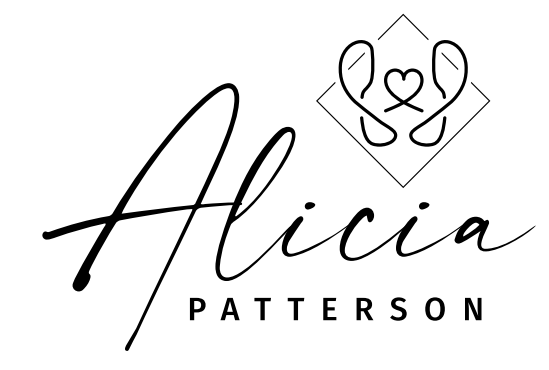What Is the Role of Communication in Successful Couples Therapy?
During the length of any relationship, there are going to be ups and downs, trials and tribulations. Life will inevitably throw challenges at every single one of us. How you respond to your partner in these instances can make or break your bond.
Communication plays an important role in maintaining a healthy dynamic.
Communication and Relationships
The most important foundations you can have for any relationship is good communication, transparency, empathy, and respect. It provides the outlet for expressing your needs, desires, emotions, and thoughts to the person who is closest to you while also taking care of your bond.
If couples are not on the same page with the above practices and norms, it can result in misunderstandings and conflict. Over time, it can diminish intimacy and emotional connection. At a certain point, disconnect can become more difficult to repair and contempt can show up. Once we’ve landed deep in contempt for extended time, it can feel like digging out of a hole. Some people don’t make it out of this hole, and studies show it’s truly bad for our physiological health, especially our cardiovascular system.
Sometimes couples therapy exercises in communication feels contrived to clients, so I make sure to use our time well and really “get inn there.” This strengthens the relationship despite disagreements or feeling like a waste of time. Pragmatic, mediated couples work creates a deeper support system, allowing for more productive navigation of challenges and resolving inevitable the conflict that happens in a long-term relationship.
Communication's Role in Couples Therapy
For couples therapy, communication is going to play a pivotal role front and center. How we communicate with one another, on top of our bonding patterns and value system, is an intricate dance that benefits from a guide. One of the main goals, if not the goal itself, is to address communication shortcomings between partners, as well as evaluating effective and pragmatic solutions to the tenderness of emotional challenges. Exploring patterns of communication establishes the foundation so we can identify areas for improvement and establish healthy solutions.
Throughout sessions, a couple will learn productive communication skills to improve their bond. This is done in a safe and supportive environment that promotes open expression, active listening, mutual respect, and both people feeling like they are being valued. You are guided in discussion and strategies to overcome any obstacles you are encountering.
Effective Tools Used in Therapy
During therapy sessions, couples have the unique ability to practice new strategies and skills in a controlled setting. With additional guidance, you’re more able (and likely) to transfer new skills learned and practiced into daily life. I often give homework and we set intentions for what happens after our sessions, as a bridge to making sure our work together builds more steps toward health.
Among many other skills and tools I pull on from The Gottman Method and other couples modalities, we’ll practice active listening, Non-Verbal Communication awareness, emotional expression.
Active Listening
This is essential for any and every couple to incorporate into their communication habits. Active listening is giving your full, undivided attention to your partner and hearing exactly what they are saying. So often, people fall into a habit of filtering information through, “listening to respond”, but not actually taking in what their partner is saying to them.
Active listening involves being present, making eye contact, and avoiding interruption to allow your partner to fully express themselves. Applying this skill in communication promotes validation, understanding, and giving to our partner and ourselves what we need to establish and maintain connection and teamwork.
Non-Verbal Communication
Researchers believe as much as 70–90% of communication falls into the non-verbal category. This includes tone of voice, facial expressions, body language, and hand gestures. Most people are unaware of their non-verbal habits and how they are perceived by others.
Your non-verbal cues can encompass attitude, emotion, and intention. Understanding your habits and being able to incorporate proper ones into conversation can help reduce misinterpretations and misunderstandings. Having a witness and objective, non-partial observer is one of the most invaluable aspects of couples sessions.
You will be guided to make eye contact, speak to each other with intention, be mindful of your facial expressions, and focus on what your posture and movements are saying. We’ll also learn how to spot when non-verbal cues are becoming more tense and how to practice diffusion to help reduce escalation. At times we’ll work with “parts” of clients, parts of you that are saying one thing, but that maybe don’t fully encompass your true intention or message.
With coaching and observation, you can gain awareness and improve your ability to assess your partner’s emotions to respond accordingly.
Expressing Emotions Effectively
Finally, open and honest communication revolves around being able to express what you’re feeling in the most constructive manner. One way this is done is using “I” statements, being aware of blame / accusations, watching our for defensiveness, reducing stone-walling (shutting down), and identifying contemptuous behaviors.
Effective expression of emotions and openness to your partner doing so paves the way for a safe space to be vulnerable with each other. Therapy sessions can focus on learning how to facilitate true repair so resolution and moving back into stable connection becomes easier and faster. If you’re looking to strengthen your bond with your partner, enhance communication skills, and grow as a couple, learn more about couples therapy.

